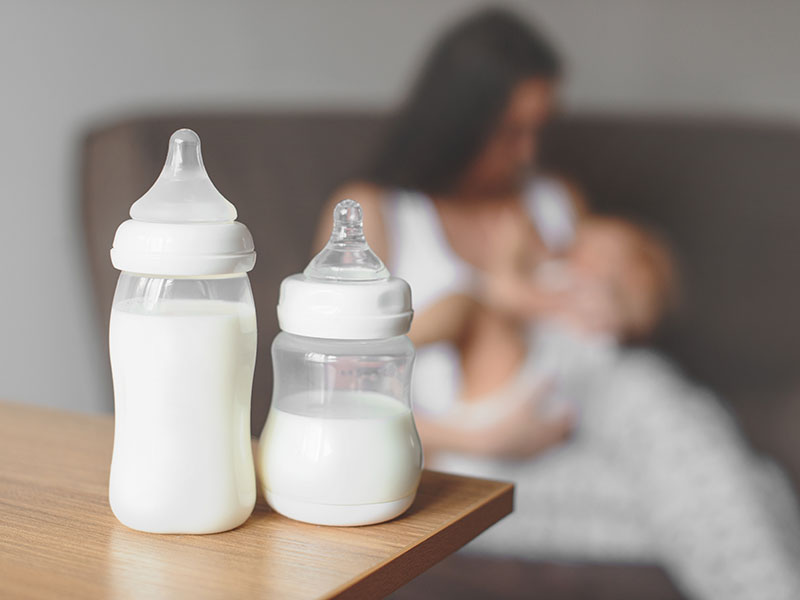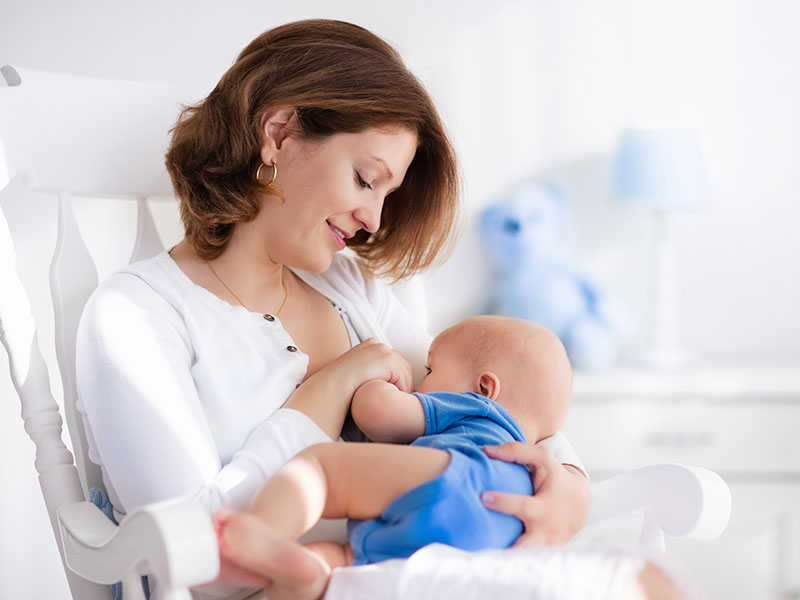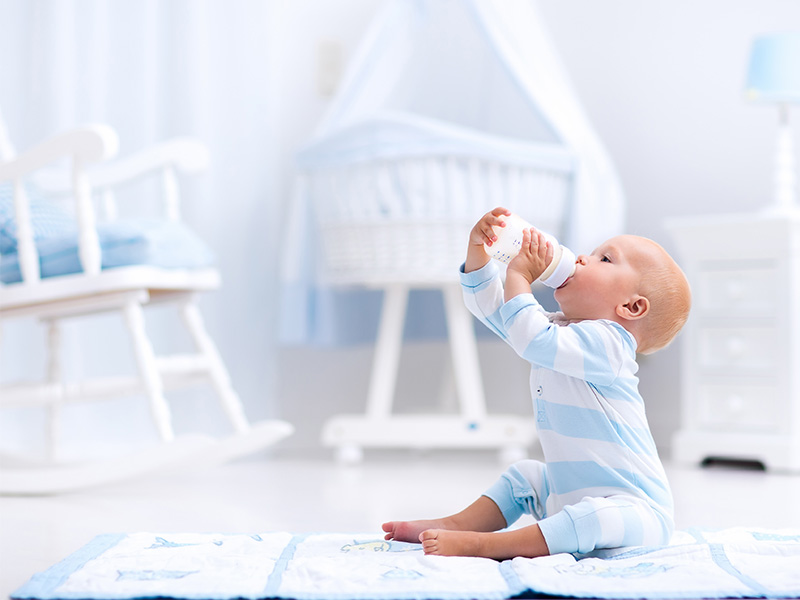There are many benefits of breastfeeding – but getting it right can take time getting it right, at a time when you don’t have much time! Instead of giving up, reach out to someone to help. Once you’ve got the technique right, it is so much easier, better for the baby and you!
Where to get breastfeeding support in Singapore
If you’re having trouble with feeding, most hospitals in Singapore hold classes every morning for new mums, and many run free breastfeeding clinics for former patients. Alternatively, you can seek help from one of the following organisations:
Breastfeeding Mothers’ Support Group: Breastfeeding workshops for mums-to-be, new mums and mums returning to work. 6337 0508 | breastfeeding.org.sg
Mother & Child: Lactation consultations in the hospital or at your home, and a Baby Café drop-in centre on Monday afternoons with a support network for mothers in a relaxed setting. 6836 0063 | motherandchild.com.sg
Parentlink: Breastfeeding counselling at your home in Singapore. 6536 4626 | parentlink.com.sg

Other tips
#1 How to freeze breastmilk
If you’ve mastered the knack of pumping breast milk and you have some extra time, you can actually freeze milk for up to three or four months in a regular freezer, so long as it’s in a freezer-safe container or breastmilk storage bag. Avoid thawing it in the microwave, though, as milk can heat unevenly and be too hot in one area.
#2 Breastfeeding-friendly shopping malls in Singapore
Most shopping malls here have at least one nursing room where you can breastfeed, bottle feed and change nappies. Some even have sterilisers and hot water dispensers for making formula, as well as high chairs for feeding solids. These areas can really help when you’re on the go!
Ask The Panel: Did you breastfeed? If so, did you seek help from the experts?
Each year, Expat Living’s Kids’ Guide features a panel of expats and Singaporeans who weigh in on a range of topics around parenting and motherhood. Below are some of their thoughts on breastfeeding.
Kathryn: “Both my kids had dairy and soy allergies, which means they couldn’t take formula. So I exclusively breastfed both of them. Like most mums, it wasn’t an easy journey – with latching issues and slower than average weight gain. I saw lactation consultants at Mother & Child and Thomson Medical, as well as an osteopath for my son’s tight jaw. They were all very helpful. But ultimately I found my own way of managing (I express most of my son’s milk) as I found the frequent visits and conflicting advice added to my stress.”
Laura: “I breastfed both my babies – my son for three months and my daughter for eight months. I breastfed my daughter for longer as my son developed allergies soon after I stopped feeding him; I was hoping it would help my daughter if I fed her for a longer period. It didn’t though; both my children have several allergies.
“I realised my daughter had allergies when I fed her some baby cereal mixed with my breast milk at six months of age. She really enjoyed it, as she’d only previously had some rusk and my milk. But she started to cough and hives developed all over her face and where any of the cereal had touched her skin. Her eyes also started to swell. While I organised doctors’ appointments and allergy tests in the weeks after, I continued to breastfeed. Tests at NUH came back revealing that my daughter was allergic to cow’s milk, beef and nuts! There had been a small amount of milk powder in the baby cereal. When I stopped feeding my daughter, I gave her Isomil Soy Milk. She loved it right away and still drinks it now.”

Lorraine: “Unlike Singapore, the public hospitals in Hong Kong didn’t have a very good care and support system for breastfeeding. I looked for lactation consultants and, in the end, I found a midwife who came to my house and helped me through the early stages of breastfeeding.”
Abigail: “Yes, I’m breastfeeding again this time – it’s one of the most challenging things but has lots of benefits. I had a tough time the first time with mastitis and latching issues, so my advice is to seek help as quickly as you can and visit your GP if you think you have mastitis. I’ve even managed to get it while pregnant, so it’s important to get help so it doesn’t escalate. I’ve not seen anyone here yet as far as lactation consultants go, but I heard Mother & Child is excellent so I’ve got their number on speed dial!”
Mariel: “My baby had a slight tongue tie which was picked up by the ladies at Mother & Child. As it was only slight, I decided not to have the surgery; I just expressed. I took More Milk Plus by MotherLove. It really increased the amount of milk I could express. I used a Spectra S2 breast pump.”
Katy: “I’m currently breastfeeding my second son; I also breastfed my first son. The midwives and lactation consultants at Mother & Child were extremely helpful. I regularly went to their Baby Cafe and Well Baby Clinics for advice. It was also a great way to meet other parents. Also, Facebook groups such as Stork’s Nest Singapore and Breastfeeding Support by Stork’s Nest Singapore are really helpful places to ask questions, share ideas and get advice.”

Ask The Panel: If you supplemented with formula, which did you use, and which bottles worked best?
Lorraine: “We went through so many different formulas with my first child as she had an issue with lactose. We ended up using Aptamil Comfort with reduced lactose. For my second, we’re using Aptamil.”
Kathryn: “I used Pigeon wide-neck bottles and Dr Brown’s for reflux.”
Mariel: “I supplemented with Nestlé NAN Optipro. I used the same Spectra bottles that I used to pump.”
Tanya: “Mia had terrible colic and I used Dr Brown’s, which was brilliant. Jago was on Avent. The formula I used for both of my children was Bellamy’s.”
Katy: “I didn’t use formula; I regularly expressed when I returned to work and used the Medela Freestyle breast pump and Dr Brown’s bottles.”
Facts about formula
- The first rubber nipple for baby bottles was patented by Elijah Pratt in New York in 1845.
- Most infant formula is made from cow’s milk, though soy based varieties are also common, along with those made from broken-down (hydrolysed) proteins.
- The protein level in cow’s milk is too high for babies, so formula is modified to reduce this, and vitamins, minerals and fats are added so that the final product more closely resembles breast milk.
For more, see this article on navigating pregnancy and childbirth in Singapore.



